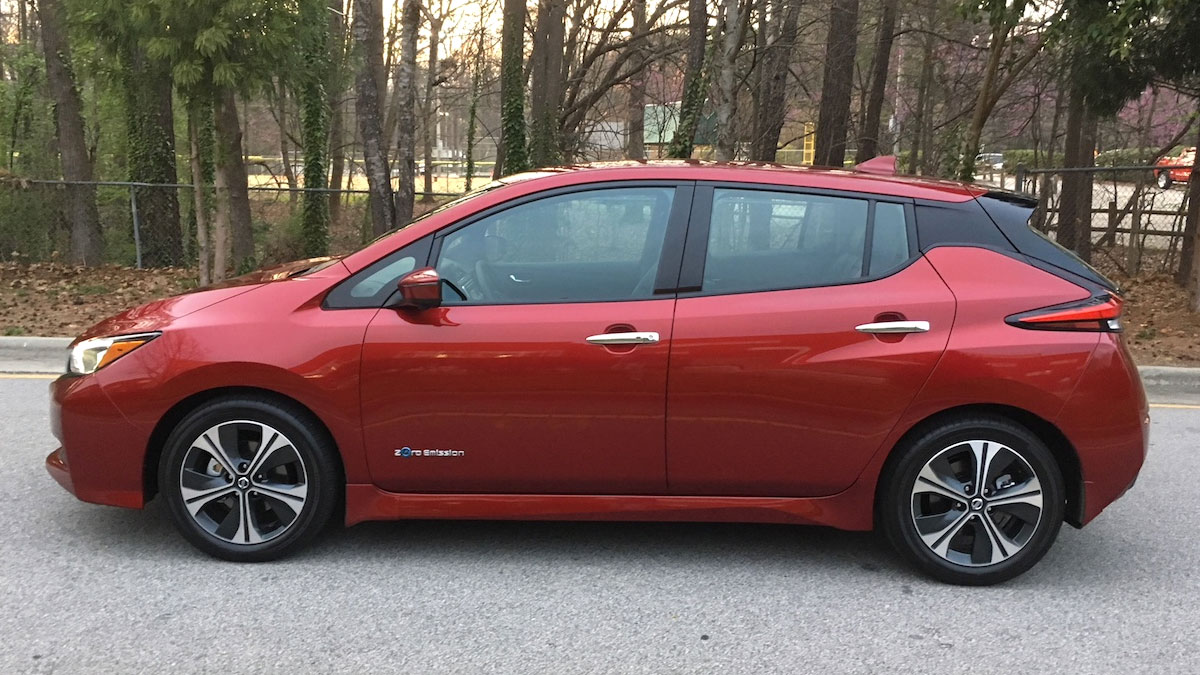2018 Nissan Leaf (Better Range and More Fun to Drive)
Second-generation Nissan Leaf takes a big leap forward. How do you improve the world’s most popular electric car? For starters, you rethink everything, from exterior styling to interior comfort as well as from charging to acceleration and beyond. That’s exactly what Nissan has done with the 2018 Leaf, a four-door … Read more


